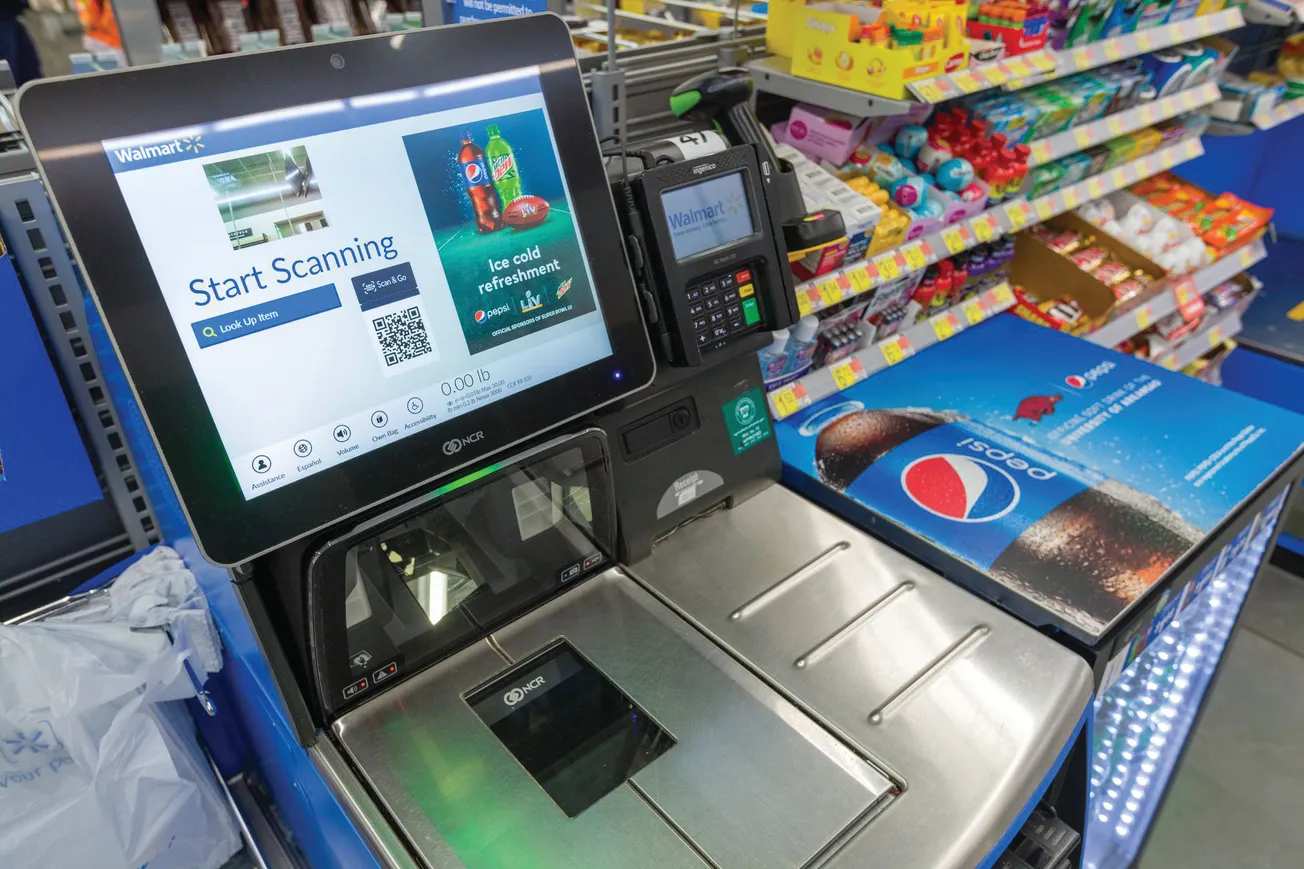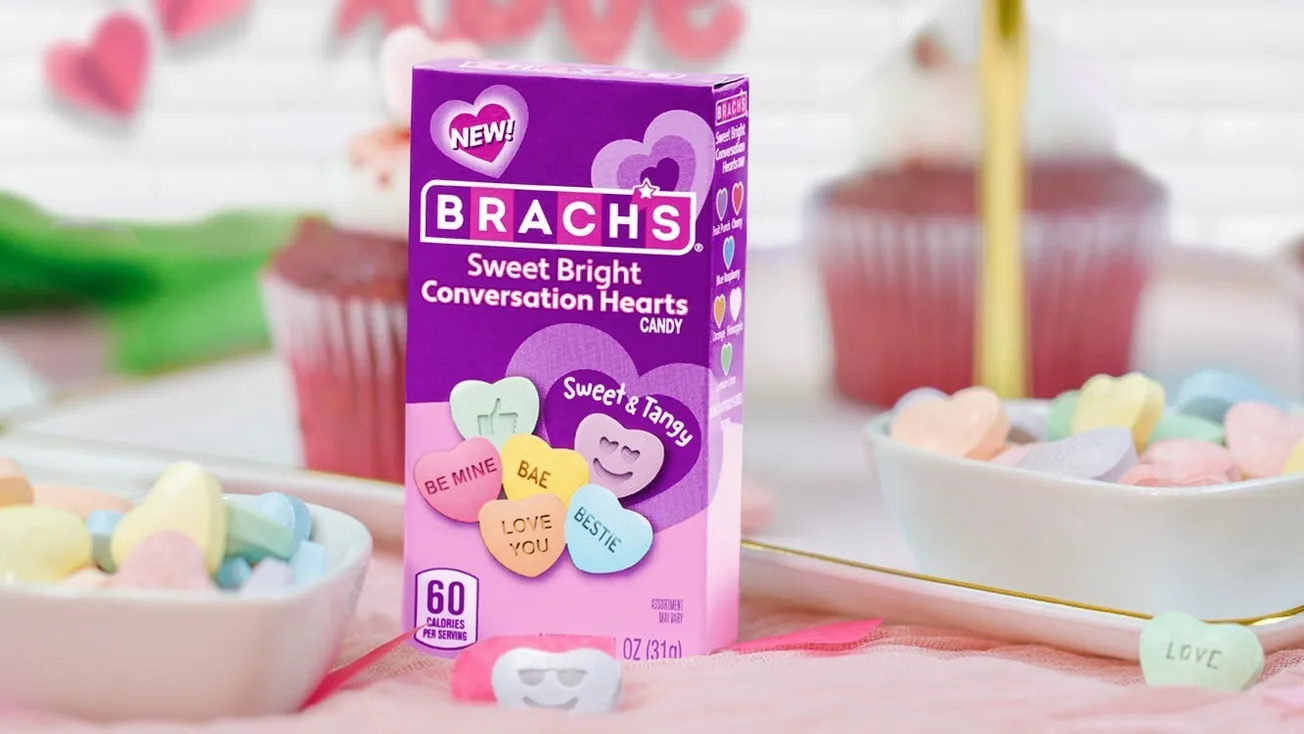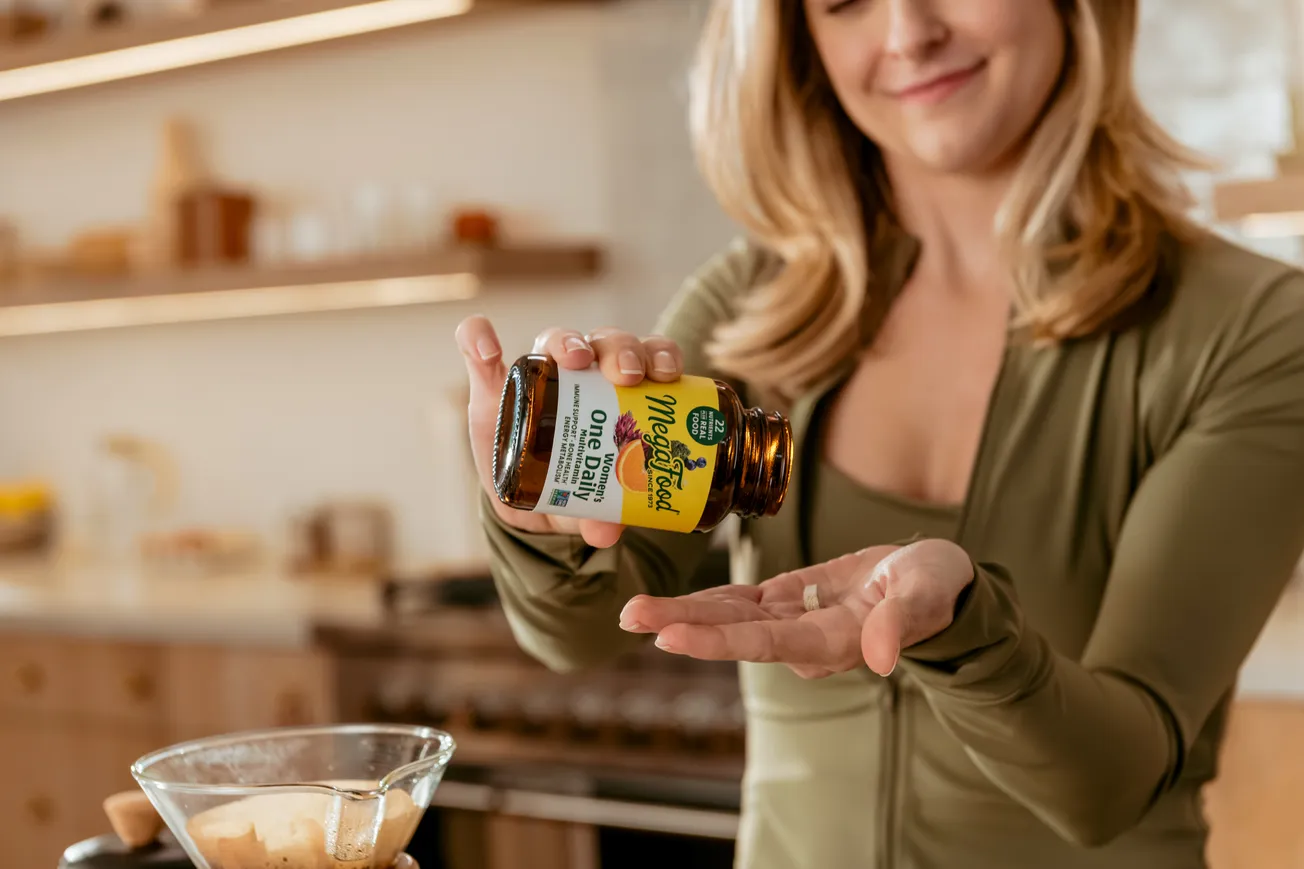The consumer health care category has been a reliably strong performer throughout the pandemic years. According to Circana data, it outpaced inflation to grow from a $77 billion category in 2019 to $105 billion in 2022. E-commerce sales have been a major driver of that growth, nearly doubling over that time.

Kristin Hornberger
In recent months, however, dollar and unit sales have trended slightly downward from a year ago. This is attributable both to waning demand following a strong upper respiratory season and to the challenge of building upon the multiple years of unusually strong growth we’ve seen in several categories.
Inflation has been another recent headwind, causing more conservative consumer spending. In a December 2022 Circana shopper survey, 53% of respondents said they are increasingly looking for sales and deals, and a third said they have switched to a lower-cost alternative such as store brands. Twenty-three percent have altered where they shop to favor value retailers such as Aldi, Lidl and dollar stores to save money. And 10% of shoppers and 16% of low-income consumers admitted to cutting back on health care products and services.
Sales growth in 2022 was predominantly driven by price and increased demand, while innovation was limited. The innovation we did see included products offering multiple benefits, superiority claims and natural ingredients.
As we emerge from the pandemic, and quite possibly from the peak of our recent inflationary trajectory, we expect innovation to ascend as a growth factor once more. The following six innovation, marketing and consumer engagement trends will be particularly important to reenergize consumer health care sales in the year ahead:
• Natural and clean products — An August 2022 Circana shopper survey found that 23% of shoppers are willing to pay more for products made with clean, natural ingredients. We are seeing these attributes permeate the consumer health care space through brands like Native, which advertises its personal care products as clean, simple and effective. The brand also highlights its use of cruelty-free, vegan, naturally derived ingredients. Another example is Genexa, an O-T-C brand that claims to be “the first clean medicine company” and markets its products as being free of artificial dyes, artificial fillers and common allergens. The clean, natural trend is poised for ongoing growth, both because it meets a growing consumer demand and because these products often command a price premium.
• Sustainable and socially conscious offerings — According to annual research on sustainably marketed products from Circana and the NYU Stern Center for Sustainable Business, 77% of consumers surveyed in 2022 believe sustainability is important when selecting products to buy, an 8-point increase from 2021. And sustainable products now drive nearly a third of all CPG growth.
One recent notable example is the OLLY Joy Jar, a glass bottle that can hold up to 120 gummies and that can be refilled repeatedly using refill pouches. The result is the use of 80% less plastic. Likewise, Listerine now offers zero-alcohol concentrate refills that can be diluted to refill an empty, rinsed 500 ml bottle from a much smaller container to use 60% less plastic.
• Multi-benefit products — According to 2022 research on personal care consumers from Mintel, 20% of consumers have reduced the number of products they use for self-care. This highlights the demand for products that meet multiple needs.
The Premier Protein Good Night nutrition shake/protein hot cocoa mix typifies this trend. It combines the taste of hot cocoa with protein supplementation and soothing pre-bedtime nutrients.

• Emerging forms and trends — New forms and takes on existing products are also unlocking growth potential across many consumer health care categories. Take the example of several new high-growth acne patch brands. According to Circana multi-outlet sales data, the acne patch category posted $214 million in sales in 2022, a 97% increase from 2021. As a result of this meteoric growth, acne patches now account for 26% of overall sales in the acne treatments category.
• Personalized engagement — In an August 2022 Circana survey, 51% of Gen Z respondents said they either pay a lot or a moderate amount of attention to social media to inform their self-care practices. Younger consumers value the authenticity, voice and advice of social channels and use them regularly in combination with traditional media to inform their purchasing. In response, health care brands are using these channels to target younger shoppers with more personalized messages.
The Honest Co., for example, uses Gen Z language and YouTube videos showing examples of female “flex” to promote its Fresh Flex Concealer. The brand also uses Instagram as a place where users can personally join the conversation. Even within traditional O-T-C, Alka-Seltzer is adopting Gen Z language in advertising for its cold product to convey that “the only thing dripping should be your style.”
• Digitally native or exclusive brands — Digitally native brands continue to succeed in personal care and are increasingly crossing over to become strong brick-and-mortar sellers. For example, Harry’s started in 2013 using an attractively priced DTC shave subscription model. But its products are now also in stores and posted impressive in-store sales of $289 million in 2022.
Likewise, Quip started selling electric toothbrushes and other affordable oral health products online in 2014. The company first went retail exclusively at Target in 2018 and has since expanded to other stores for $53 million in 2022 retail sales. Digitally native and exclusive brands figure to be an increasing source of both inspiration and potential partnership opportunities for brick-and-mortar retailers moving forward.
The online imperative
In an e-commerce environment where Amazon has seized 69% of consumer health care category e-commerce sales, brands and retailers must prioritize focusing on meeting the needs of the consumer when optimizing their digital marketing, media and e-commerce tactics.
This includes leveraging the power of retailer websites to target each retailer’s most valuable customers with personalized messaging and deals. It also means focusing on digital retail media — where eMarketer projects ad spending to top $55 billion in 2024 — as a key advertising channel.
In this complex environment, manufacturers and retailers need a clear, consumer-focused omnichannel plan to bolster their brand presence along with search placements that drive shoppers down the path to purchase. Applying these six trends both in-store and online is a great starting point for retailers and brands to spur consumer health care growth through 2023 and beyond.
Kristin Hornberger is executive vice president and practice leader for health care at Circana (formerly IRI and NPD).









